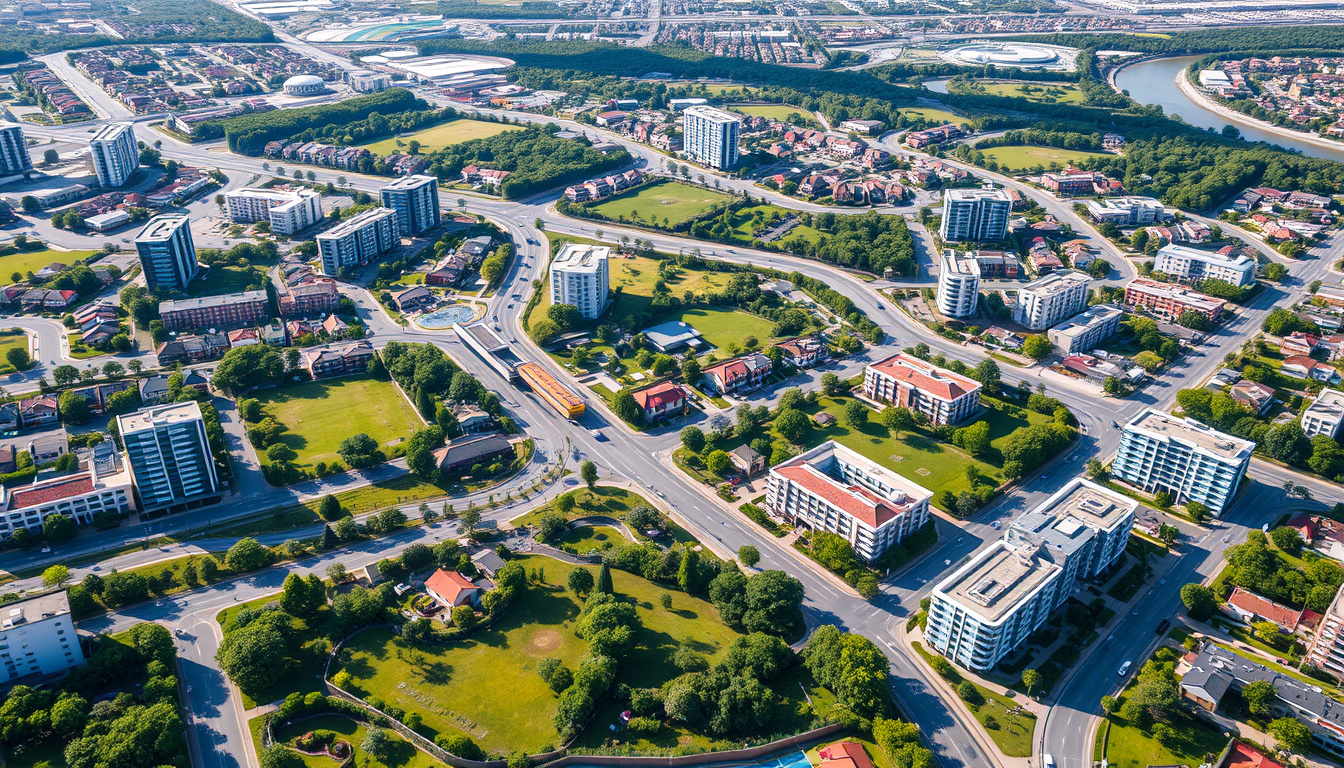Land development in the Greater Toronto Area (GTA) is a multifaceted process that embodies opportunities and challenges for investors, developers, and community planners alike. As one of Canada’s most dynamic urban regions, the GTA’s rapid growth presents both the potential for lucrative projects and the complexity of navigating its unique landscape. In this comprehensive guide, we will delve into the ins and outs of land development in the GTA, offering insights into effective strategies, the importance of understanding regulations and zoning laws, and how to successfully chart your path in this thriving market. Whether you’re a seasoned professional or a newcomer to the field, this article aims to equip you with the knowledge necessary for successful land development in the GTA.

Key Takeaways
- Successful land development in GTA requires a thorough understanding of the development process.
- Strategic planning is essential for achieving positive outcomes in land development projects.
- Regulations and zoning laws significantly influence land development viability in GTA.
- Collaboration with local authorities can streamline the development process.
- Staying informed about market trends helps developers make better investment decisions.
Understanding the Land Development Process in GTA
The land development process in the Greater Toronto Area (GTA) is a multifaceted journey, integral to the region’s growth and urban planning. Understanding land development GTA involves several key phases, starting from the initial conception of a project to its ultimate completion. This process often begins with securing the necessary approvals and permits, which can vary widely depending on the municipality. Engaging with local authorities and completing a thorough site analysis are crucial steps. Project stakeholders must also navigate environmental assessments, zoning regulations, and community consultations to ensure compliance with existing laws. Throughout this process, stakeholders focus on sustainable practices, balancing economic growth with the preservation of local communities and ecosystems. As the GTA continues to expand, an intricate understanding of the land development process not only enhances project feasibility but also fosters a healthier urban environment for future generations.
Key Strategies for Successful Land Development
When engaging in land development in the Greater Toronto Area (GTA), it’s essential to have a strategic approach to navigate the complex real estate landscape. One of the key strategies is conducting thorough market research to understand the demands and trends within the GTA. This includes identifying the types of properties that are in high demand, such as residential units, commercial spaces, or mixed-use developments. Additionally, forging strong relationships with local government officials and planners can greatly enhance the likelihood of project approval. Obtaining the necessary permits and complying with zoning laws are critical steps that can make or break a development project. Furthermore, fostering community engagement throughout the development process can help alleviate concerns and build support for your project. Ultimately, successful land development in the GTA requires a blend of market insight, regulatory knowledge, and community involvement.
‘Success usually comes to those who are too busy to be looking for it.’ – Henry David Thoreau

Navigating Regulations and Zoning in GTA
Navigating regulations and zoning in the Greater Toronto Area (GTA) is crucial for anyone involved in land development in GTA. The region is characterized by a complex web of municipal bylaws, the Ontario Planning Act, and various provincial regulations which govern how land can be used and developed. Understanding these frameworks is essential for developers, as they dictate everything from building heights and land use to environmental considerations and community engagement. Developers must familiarize themselves with local zoning laws, which specify what types of structures can be built in designated areas, as well as any required permits or approvals. Additionally, engaging with local communities and stakeholders can smooth the development process, fostering goodwill and perhaps easing regulatory hurdles. With the rapid growth and urbanization in the GTA, staying updated on these changing regulations is not just beneficial but necessary for the success of land development projects.
Moose Realty
Mustafa “Moose” Aslamzada | Real Estate Agent
Royal LePage Signature Realty
[color=rgb(71, 71, 71)]30 Eglinton Ave W Suite 201, Mississauga, ON L5R 3E7[/color]
📞 647-988-7325 | ✉️ moose.a@royallepage.ca
🌐 www.MooseRealty.ca
Connect with Us
Facebook | Twitter | LinkedIn | Instagram
